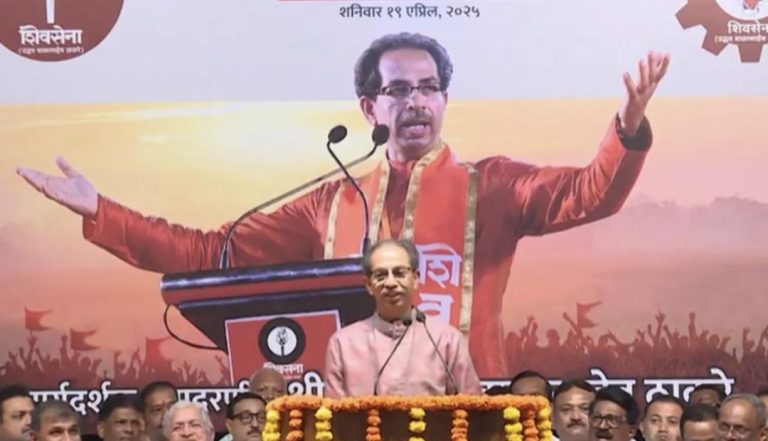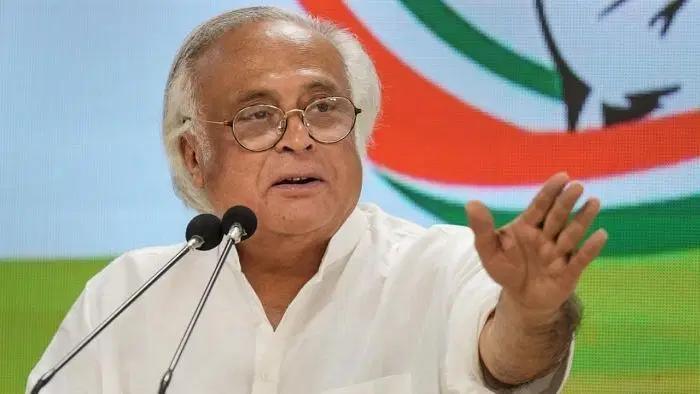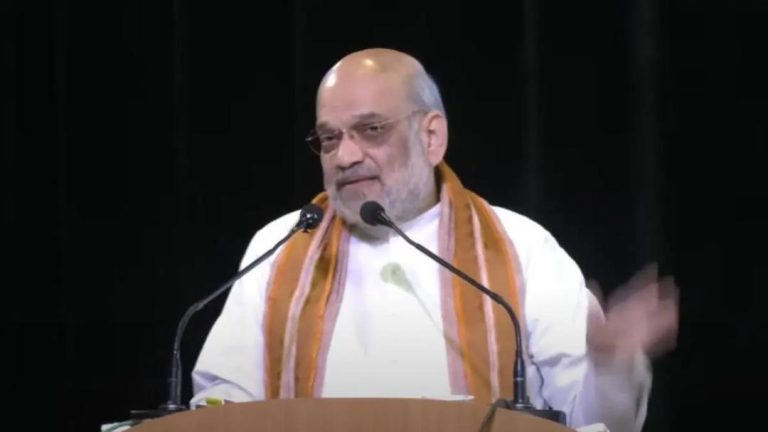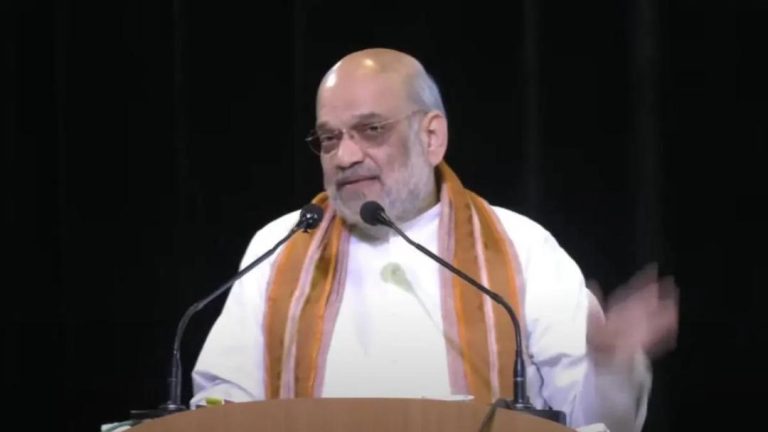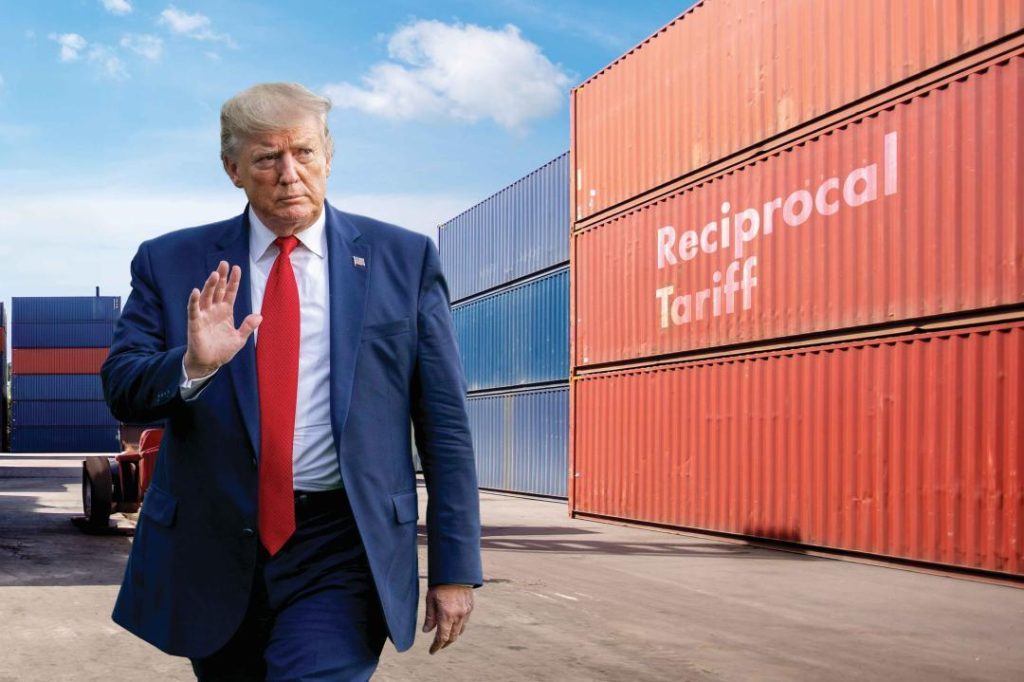
The Great Tariff War: Disruption, Diplomacy, & the Future of Trade
The world is witnessing a significant shift in global trade dynamics, marked by the ongoing trade tensions between the United States and several countries, including China, the European Union, and India. The latest development in this saga is the announcement of new tariffs by the US, which has sparked a great tariff war. In this blog post, we will delve into the implications of this trade war on global supply chains, the role of India as an emerging alternative to China, and the future of trade amidst this disruption.
The Tariff War: A Brief Overview
In recent years, the US has been engaged in a series of trade disputes with various countries, primarily targeting China. The US has imposed tariffs on approximately $360 billion worth of Chinese goods, while China has retaliated with tariffs on around $110 billion worth of US goods. The European Union, Canada, and Mexico have also been caught in the crossfire, with the US imposing tariffs on steel and aluminum imports from these countries.
The latest development in this trade war is the announcement of new tariffs by the US on $300 billion worth of Chinese goods, effective September 1, 2020. This move is seen as a response to China’s failure to comply with US demands to increase purchases of US agricultural products and to address intellectual property concerns.
Impact on Global Supply Chains
The ongoing tariff war has significant implications for global supply chains. Companies that rely heavily on imports from China, the US, and other countries are facing increased costs, reduced profit margins, and potential disruptions to their supply chains.
For instance, the US Chamber of Commerce estimates that the tariffs imposed by the US have resulted in a loss of around $60 billion in economic output, while the World Trade Organization (WTO) has warned that the tariffs could lead to a global economic downturn.
India’s Emergence as an Alternative to China
Amidst this global trade disruption, India is emerging as an attractive alternative to China for companies looking to diversify their supply chains. India’s strategic location, skilled workforce, and relatively lower labor costs make it an attractive destination for manufacturers and logistics companies.
In fact, according to a report by the Confederation of Indian Industry (CII), India’s manufacturing sector is expected to grow at a CAGR of 12% between 2020 and 2030, driven by the government’s initiatives to promote manufacturing and the shift in global supply chains.
The Indian government’s efforts to promote manufacturing and logistics have been instrumental in attracting foreign investment and talent to the country. The government’s “Make in India” initiative, for instance, aims to encourage companies to manufacture in India, while the “Logistics and Warehousing” sector has been identified as a key area of focus for the government.
Opportunities for India
The ongoing tariff war presents a significant opportunity for India to strengthen its position as a global manufacturing and logistics hub. With companies looking to diversify their supply chains and reduce their dependence on China, India is well-positioned to capitalize on this trend.
According to industry experts, India’s competitive advantage lies in its large skilled workforce, relatively low labor costs, and strategic location. The Indian government’s initiatives to promote manufacturing and logistics, such as the “Make in India” initiative and the “Logistics and Warehousing” sector, are also expected to drive growth and investment in the country.
Diplomacy and the Future of Trade
While the tariff war has caused significant disruption to global supply chains, it has also led to increased diplomatic efforts to resolve the trade tensions. The US and China have been engaged in ongoing trade negotiations, with the goal of reaching a bilateral trade agreement.
In addition, the US and India have been engaged in talks to strengthen their trade ties, with the goal of reaching a bilateral trade agreement. The US and India have also been negotiating a trade pact, which is expected to reduce tariffs and increase trade between the two countries.
In conclusion, the great tariff war has significant implications for global supply chains, with companies facing increased costs, reduced profit margins, and potential disruptions to their supply chains. Amidst this disruption, India is emerging as an attractive alternative to China, driven by its strategic location, skilled workforce, and relatively lower labor costs.
As the world navigates this complex trade landscape, diplomatic efforts will be crucial in resolving the trade tensions and promoting free and fair trade. With the US and China engaged in ongoing trade negotiations, and the US and India negotiating a bilateral trade pact, there is hope that the great tariff war will eventually subside, and a new era of cooperation and trade will emerge.
Source:
https://www.logisticsoutlook.com/supply-chain/the-great-trump-tariff-war
